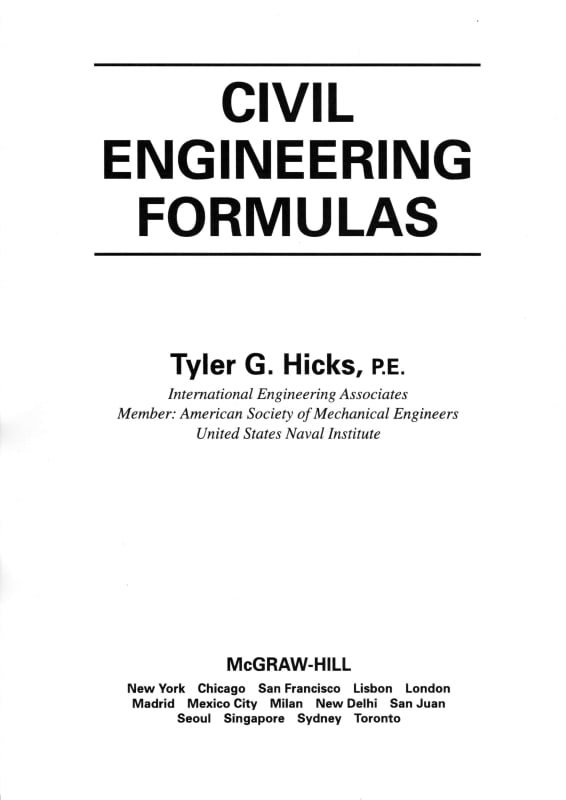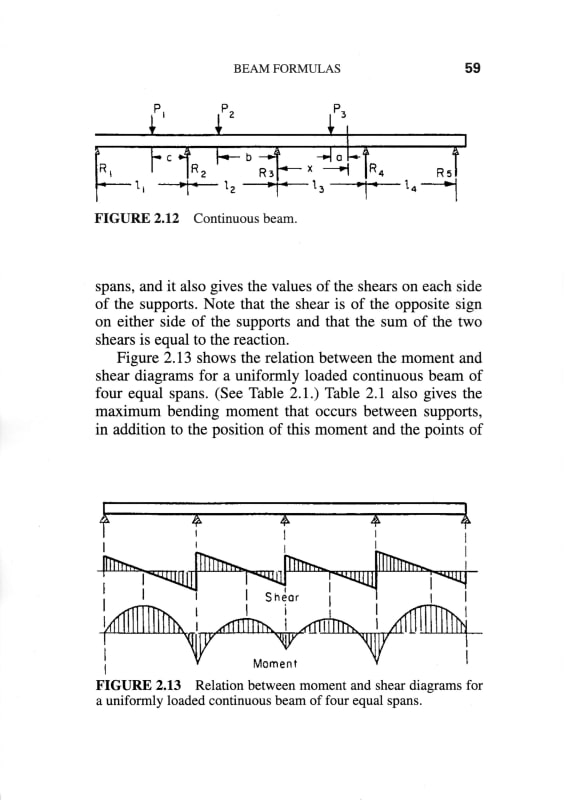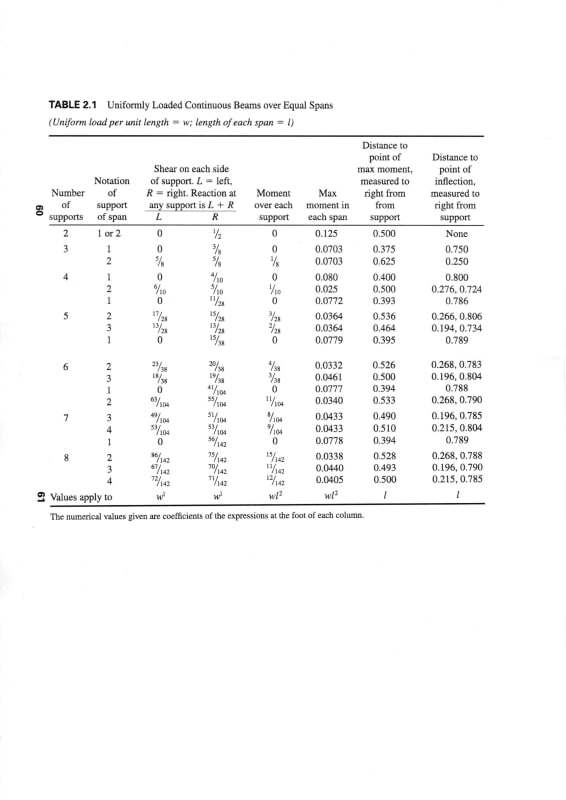These are simply the basic solutions for support reactions of any continuous beam supported at regular intervals. You might also find these in AISC Table 3-22, among others.
They are a simplification of a truss lifting problem, which may or may not be appropriate. The simplification relies on the following assumptions:
[ul]
[li]The lifted load has (approximately) uniform weight and stiffness along its length.[/li]
[li]Vertical (or near-vertical) rigging (e.g. multi-crane lifts, or spreader bars used, etc).[/li]
[li]Simple fixed-length rigging without the use of "snatch blocks" or other mechanisms to equalize loads or adjust sling lengths.[/li]
[li]The rigging is assumed to be rigid compared to the bending stiffness of the truss. Depending on sling length and material, this may or may not be true.[/li]
[/ul]
When solving lifting problems, we always allow for some variation from the theoretical solution (e.g. this table). That variation changes with the scale of the load, hazard in case of failure, and how closely the assumptions are met.
Of course, you would still need to evaluate the truss rigging locations chosen for local load effects, size padeyes and rigging accordingly, etc. Depending on the truss, the truss itself may also need global stability analysis to be sure it can be lifted from these support points (most are only designed for their final support conditions, including final bracing).
----
just call me Lo.




